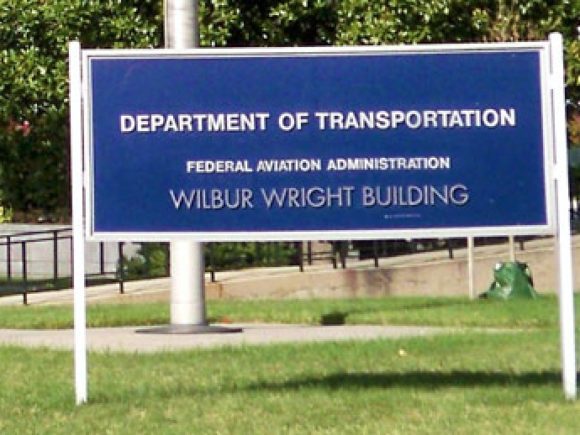The news that Singapore Airlines is scuppering the world’s longest airlines flights—between Singapore and New York and Los Angeles, operated by Airbus A340-500s in all business class—raises interesting issues that have only been hinted at from time-to-time when it comes to ranges of the Boeing 777LR, the A350 and the 787.
The Wall Street Journal wrote, “The all-business-class flights began in 2004 and will halt by the end of next year. The Newark-Singapore flight covered 9,506 miles and lasted about 18.5 hours, while the Los Angeles-Singapore flight covered 8,746 miles and lasted about 16 hours. A round-trip flight on the Newark route was expected to cost about 12,570 Singapore dollars (US$10,260) in mid-November; while a similar trip to Los Angeles was expected to cost about S$9,000 (US$7,300).”
Both flights are more than the 8,500nm advertised range of the Airbus A380, A350 and Boeing 787s. The 777LR has an advertised range of 9,350nm, but Boeing on its website says the airplane could do Singapore-New York.
As Boeing considers the upgraded 777X, range is an issue that as yet is unsettled. A few key customers, notably Tim Clark of Emirates Airlines, wants as much range as Boeing can provide so he try operate Dubai-Los Angeles non-stop with a full cargo and passenger payload.
But Boeing is lukewarm because this capability falls within the last 5% of normal airline operations. The cost of developing an airplane with this last 5% capability pushes the physics, the R&D and the return on investment.
And, it means other customers have a lot more airplane to fly than they need.
Both Airbus and Boeing have been very open in questioning the wisdom of building an airplane for this last 5%.
When the 787 was developed, with its advertised 8,500nm range, Boeing’s philosophy was then said to be to build a family of twin-aisle aircraft with as long a range as made sense. Some observers questioned this, saying that even at 8,500nm this was more airplane than most airline operations required.
Airbus, playing catch-up, developed the A350 with a similar range. But it continued to promote the A330-300 and its 5,500nm range and the A330-200 with its roughly 6,000nm range as more than enough for most routes. Airbus has since improved the -300 to a high gross weight version with a range of just under 6,000nm and the -200 to a range of nearly 7,200nm.
Since then, Boeing has had a change of heart. The 787-10 will have a range of only about 6,700nm. Now Boeing openly says its philosophy has changed, concluding that for most operations even this range is plenty.
One can suspect that Boeing’s change of heart evolved from the practical consideration that to develop a 787-10 with an 8,000nm range or more meant developing a new wing at a cost of a couple of billion dollars in a program that was already astronomically over budget. But practicalities aside, the new conclusion isn’t wrong. A 6,700nm range gets you from the US West Coast comfortably to Continental Europe or well within East Asia; or from Australia to Asia or Europe to Africa or Asia.
How many routes truly require 8,500nm range, let alone 9,000nm? Not that many.
Being able to boast 8,500nm or 9,000nm ranges may be sexy bragging rights. But the R&D and ROI is another matter.
As Boeing settles in on 777X range, Tim Clark may find he’s just plain out of luck. We’d love to have been be a fly on the wall at Boeing’s October 31 777X customer meeting. Alas, our invitation seems to have been lost in cyberspace.




